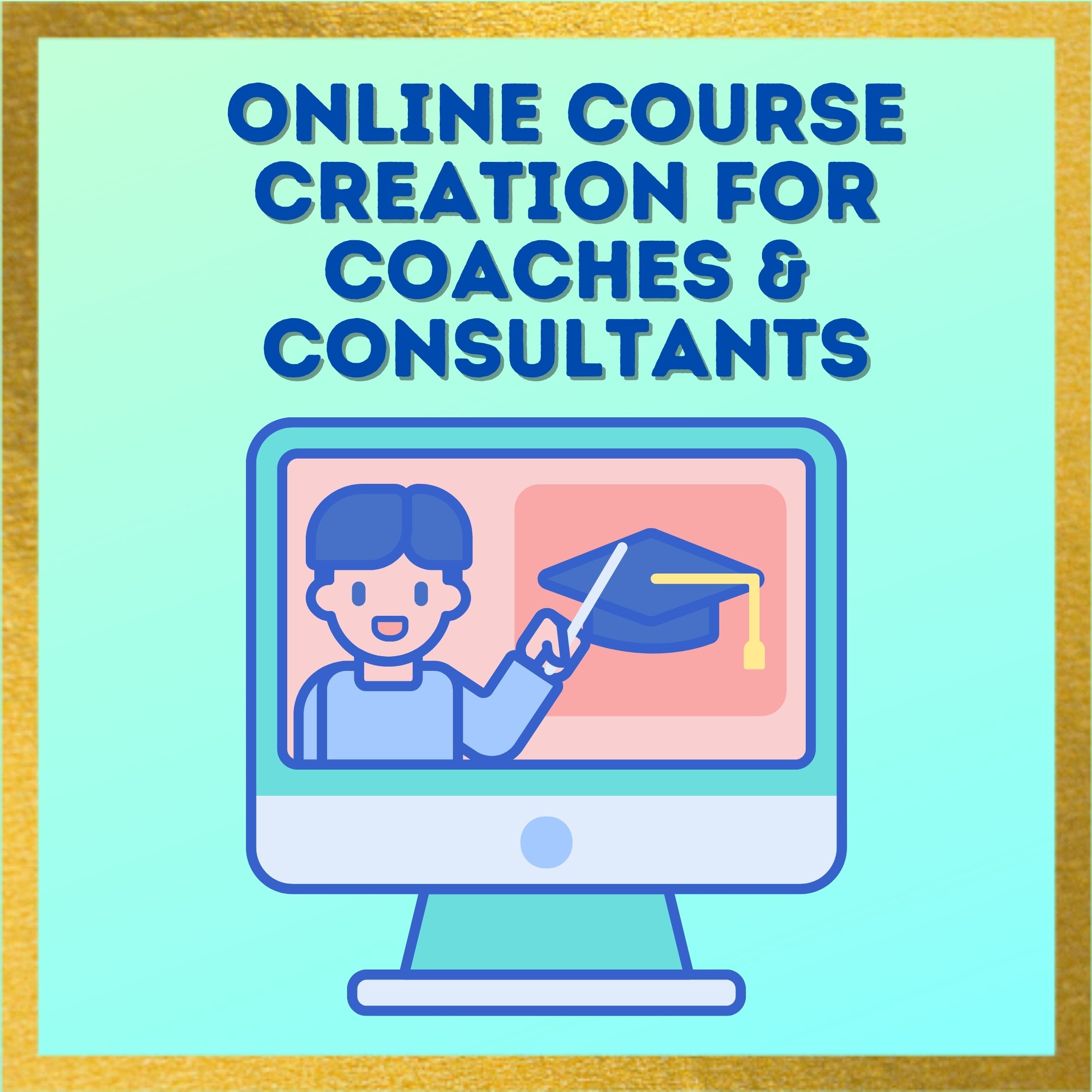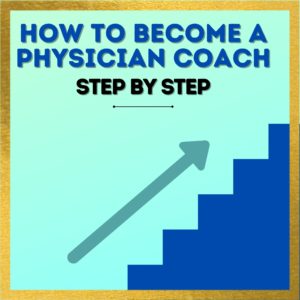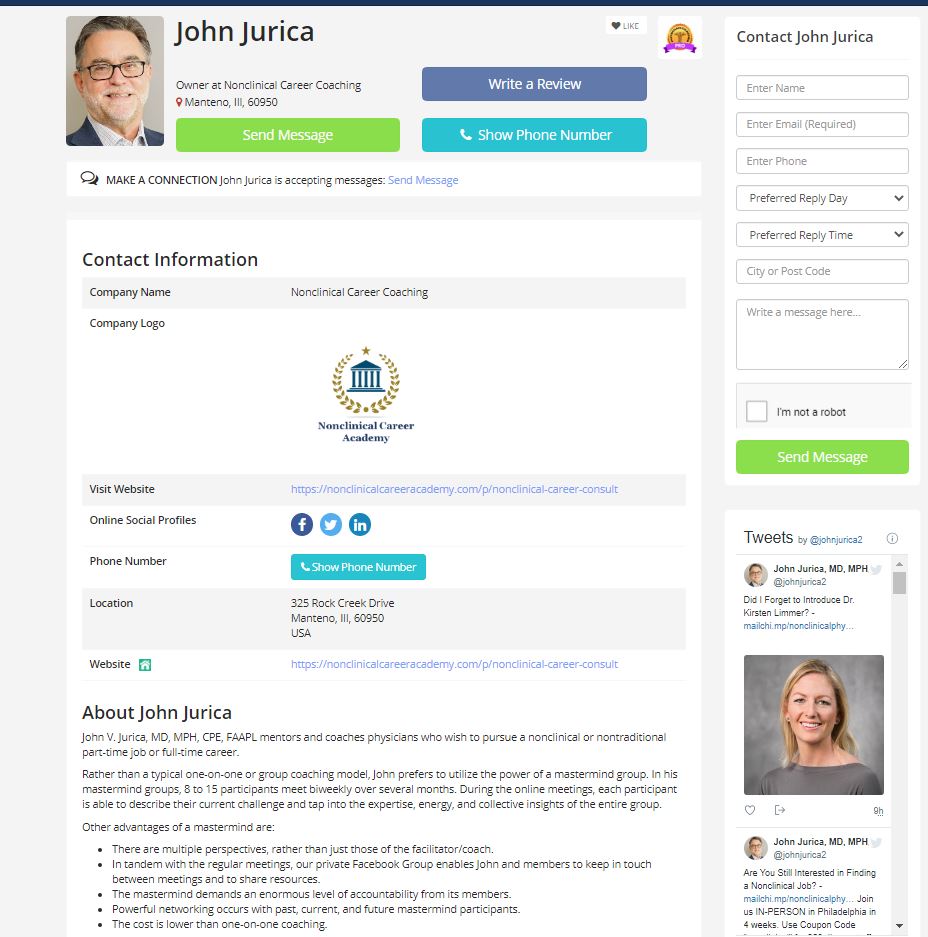
Introduction
It’s no secret that online courses are a great way to learn new things. But they’re also a great way to share your knowledge with the world. If you’re a coach or consultant, creating an online course can be a great way to reach more people with your message, and make a little extra money on the side. Courses can be created using a variety of software programs, and can be hosted on platforms like Udemy or Teachable.
Online Courses Are a Great Way to Share Your Knowledge
There are a number of reasons why online courses are a great way to share your knowledge. First of all, they’re convenient. People can access your course from anywhere in the world, at any time. They’re also affordable, and many platforms offer free trials or discounts for early adopters.
Another great thing about online courses is that they’re scalable. You can create a course that’s just for your clients, or you can create one that’s open to the public. And if you want to reach even more people, you can always promote your course on social media or through your own website.
If you’re wondering how to go about creating an online course, there are a lot of software programs out there that can help. Some popular options are Teachable, Thinkific, and Udemy. You’ll also need to choose where you want to host your course – on your own website, or using one of the many platforms available.
Share Your Message Through Online Courses
As you can imagine, creating and selling an online course can potentially help you reach a lot more people than just those who come to your website or follow you on social media. In fact, some of the most successful courses have been created by brands that had no online presence until they got started with their courses.
Online courses are a great way to build your brand and establish yourself as an expert in your field. When people see that you’re teaching an online course, it’s a great way to show them what you know – and encourage them to work with you (or hire you as their coach) at a lower cost.
Using Published Content to Create Your Online Course
Creating an online course can be a daunting task, but it doesn’t have to be. In fact, there are a number of ways to make the process a lot easier. One way is to use past recordings to create your course.
This approach can be a great way to get started, because it eliminates the need to spend time creating new content from scratch. You can simply record your lectures or workshops, and then upload them to a platform like Udemy, Kajabi or Teachable.
Another advantage of using past recordings such as Zoom is that you already have a built-in audience. People who have attended your workshops or lectures are likely interested in learning more about the topics you covered. So by providing them with an online course, you’re giving them the opportunity to deepen their understanding of these topics.
If you prefer to create videos from scratch, there are a number of software programs that can help. Software like Camtasia and Screenflow make it easy to record your screen while narrating or describing step-by-step directions. This approach is great for creating quick tutorials, but it can be a bit time-consuming.
So if you’re looking to create a course from scratch, consider using one of the many online platforms available. Platforms like Kajabi and Teachable allow you to upload your content as .mp4 files, so it’s easy to get started.
How Much Money Can You Make with an Online Course?
Creating and selling an online course can be a great way to make money on the side. In fact, many coaches and consultants find that they can make a good income by doing this.
How much money you can make depends on a number of factors, including the size of your audience and the type of course you create. However, most courses sell for between $100 and $500. So if you have a large audience, or if your course is highly sought-after, you could potentially make a lot of money.
Another advantage of creating an online course is that it’s a passive income stream. This means that once your course is created, you can continue to earn money from it over time. So even if you’re not actively promoting it, people will still be able to find and purchase it.
This makes online courses a great way to generate consistent income over time. And since you’re the one who created the course, you keep 100% of the profits. So if you’re looking for a way to make a little extra money, creating and selling an online course could be the perfect solution.
Online courses are a great way to create an income stream that can generate consistent, passive revenue. If you have the knowledge necessary to teach people about your area of expertise, this could be a lucrative side hustle or full-time business for you. You don’t need any experience in marketing or online course creation – there are plenty of platforms available that will do all the heavy lifting for you. All it takes is some time and effort to record lectures on topics related to what you’re teaching, upload them as .mp4 files onto one of these platforms, then set up pricing tiers so customers know how much they’ll pay at each level (free trial with option to upgrade later). The only thing left is getting started!





